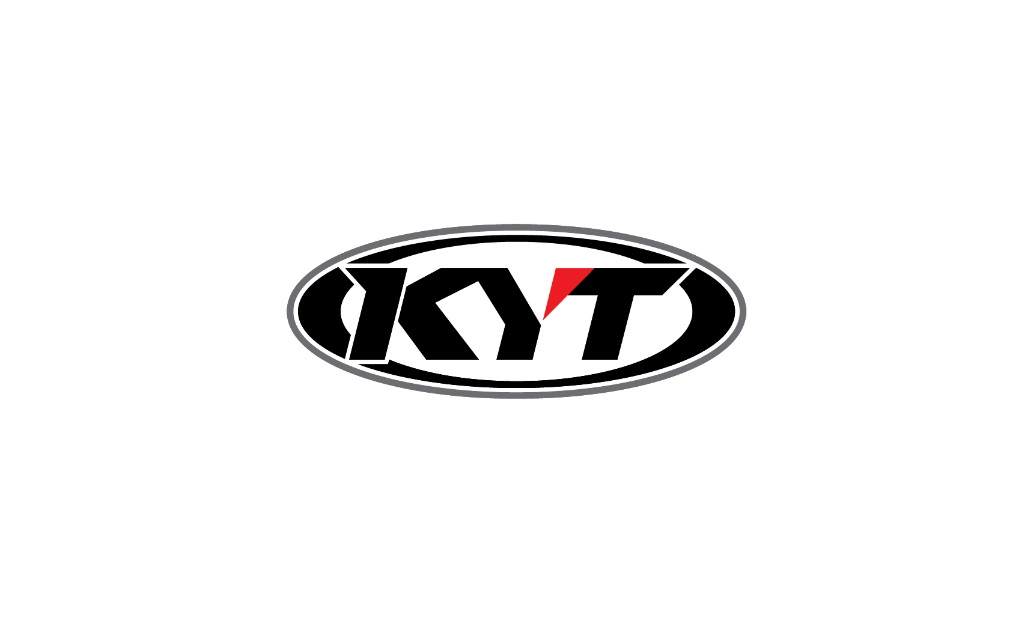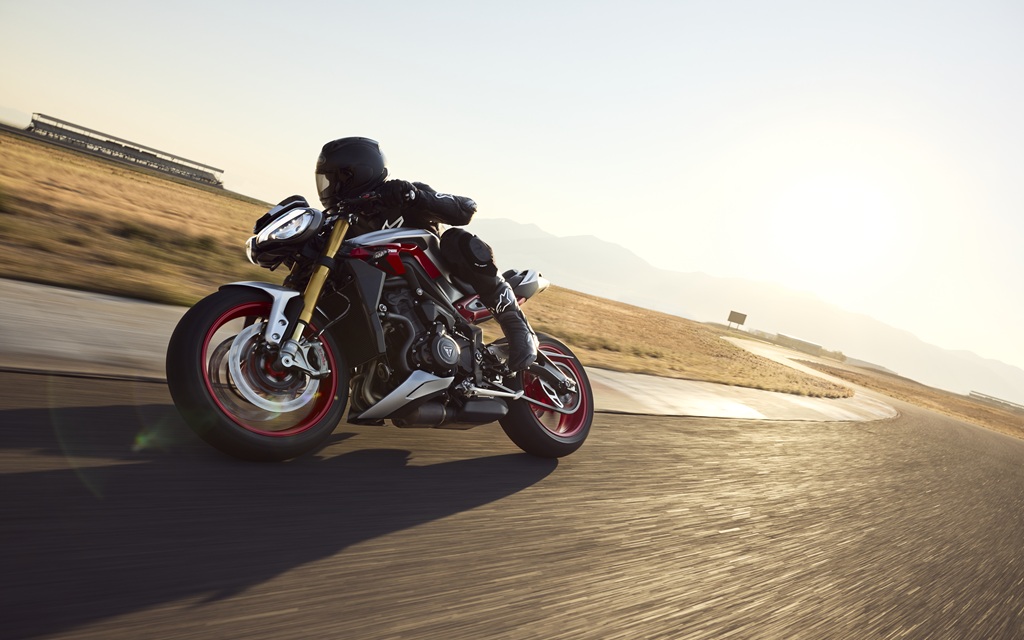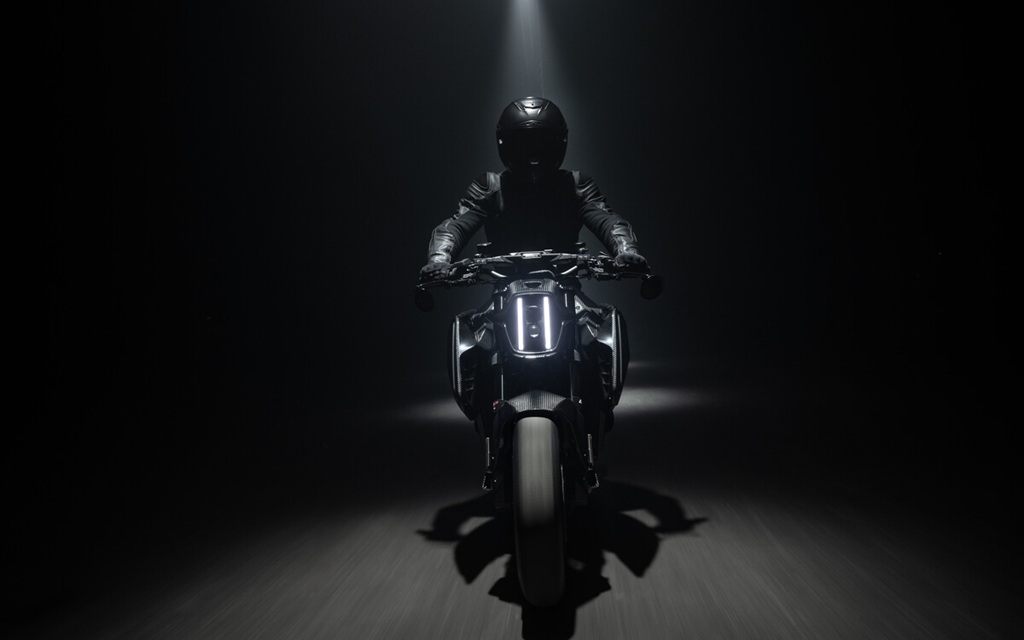Asphaltandrubber.com recently called Honda’s Rebel — 300 and 500 combined — “the new model that will make the biggest impact on the motorcycle industry over the course of the bike’s lifespan.”
What a load of bull, I hear you saying. How can anyone say that this little cruiser is the most important motorcycle of a generation?
A&R’s reasoning: “Millennials have more debt than their parents did,” making the Rebel 300’s anticipated price of US$4,399 extremely attractive (no Canadian pricing was available as this issue went to press). The Rebel, says the website, “creates an entry point into motorcycling for those who aren’t well-heeled, who have to save a portion of their paycheque each month to make any major purchase.”
I agree whole-heartedly with A&R’s contention of the Rebel’s importance; not so much for the fact that Honda’s Rebels are so cheap, but for the reason they are inexpensive.
The first thing I noticed when Honda released photos of its latest Rebel 300 and 500 is how identical the two models are. Wheels, tires, tanks, even the frames appear to be the same for both bikes. Ditto seats, foot pegs and mufflers. Read the spec sheets and damned if they’re not the same motorcycle, give or take a valve or two. Indeed, other than weight, the only dimensions different are the 500’s two additional millimetres of trail and 20 additional kilograms of mass. The cheapness that Asphaltandrubber lauds is the result of Honda’s reducing production costs through the most important three-word phrase in manufacturing — economies of scale — the Rebels seemingly sharing even more chassis parts than BMW’s R nineT and Scrambler clones.
But the Rebels, especially the 500, could have been even cheaper.
Imagine what the price might have been if Honda had applied the same modular manufacturing to the engines of both bikes. The two engines — one being a 286 cc single and the other a 471 cc twin — share few if any parts. If, on the other hand, both engines had been built on a common bore and stroke platform with identical pistons, valves and connecting rods, might the Rebel 500’s price tag been closer to US$5,000 instead of the $5,999 American Honda is anticipating?
Such modularity is part of the reason why a car — often with three to five times the number of parts — can sometimes cost little more than a motorcycle.
While BMW Motorrad does share engines and frames through its Boxer lineup, its car-side actually builds most of its engines on an even-more-cost-effective modular displacement formula. With each cylinder displacing 500 cc, when BMW wants a 1.5-litre engine, three cylinders get popped together. Need a 2.0L turbo? Just add one more. Even the company’s most iconic engine — its famed 3.0L inline six — fits the formula perfectly. This allows as much as 60 percent parts commonality across all three engines so, odds are, when the company’s top-of-the-line V8 gets redesigned, it too will share pistons and connecting rods with its lesser siblings.
Volvo does the same. Mercedes’ latest range of 2.0-litre fours, 3.0-litre sixes and 4.0-litre V8s will be modular. Car and Driver even postulates that, sometime in the near future, the majority of engines powering automobiles will be built on a 500 cc formula. Examples of modularity in the motorcycle industry are far fewer. BMW’s motorcycle division once built engines modularly (the 1985 to 1995 K75 triple shared the K100’s 67 mm by 70 mm bore and stroke), the upgrade from a Sportster 883 to 1200 is basically a different top end and there’s even quite a bit of commonality among Harley’s bigger twins.
But imagine if a mainstream manufacturer, let’s say Yamaha, applied modular engine design to its lineup. The YZF-R3, for instance, instead of being a 320 cc twin, could be powered by a 333 cc single. The FZ-07 could then just double that to become a 666 cc twin, while the FZ-09 would triple the formula to build 999 cc motors. Even the FJR1300 sport tourer could get in on the act, its inline four now just a quadrupling of our theoretical baby YZF single to 1,332 cc.
The magic of mass production is simple. Make more of something and the cost to produce that something goes down. So, why don’t we see more of it?
Well, we consumers are partly to blame. Specialty models like full-fledged superbikes and competition motocrossers may need a unique configuration to generate the ultimate performance that racers require, but surely it’s the height of indulgence to think all of our motorcycles — sport tourers, naked bikes, etc. — need their performance optimized by having a specific engine design for every displacement. Does the YZF-R3 really need a high-revving twin? There may be no bragging rights in pointing out that your 1,000 cc sportbike shares a piston with the lowliest of single-cylinder commuters, but if it drops the MSRP by 500 bucks, then surely it’s a worthwhile tradeoff.
Yes, certain motorcycles share engines across their lineup — again, BMW twins and the numerous supersport 600s that have begat lesser naked bikes — and Ducatis may share a significant number of parts across its range of V-twins. But the bottom line is that if this sport is to have a bright future we will have to provide even more cost-effective transportation for the generations behind us. And we can’t do that with the current formula of engineering every motorcycle as if it were an entity unto itself.






